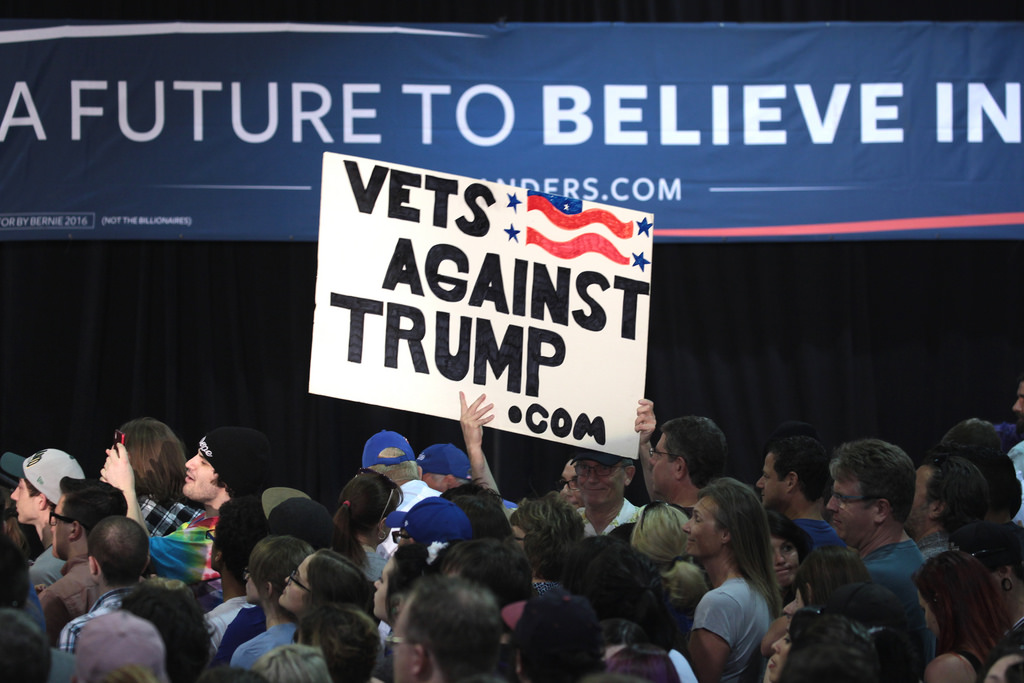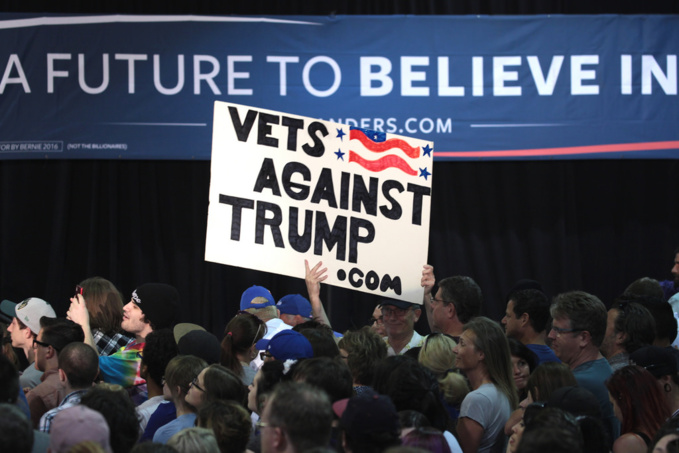In Washington, about 200 people gathered in the central square of Thomas Circle, from where set off towards the White House. People chanted "USA without Trump, Ku Klux Klan and Nazis", and urged passersby to join the action. In is noted that the crowd contained many African-American and Hispanic people. Near the White House, the demonstrators turned towards the Capitol, but stopped at the Hotel Trump International, built by Donald Trump. The protesters, dissatisfied with the election’s outcome, shouted a famous slogan of the Chilean revolution in Spanish «El pueblo unido jamas sera vencido». The number of protesters later grew to 500 people who came near the White House, where had a small clash with the police. One protester was detained.
According to OSCE, more than 35 million people eligible to vote have not been registered for the elections, which is why some sections of the population were deprived of their offices. In addition, the OSCE found that the US authorities were not able to fully ensure secrecy of voting when e-mailing voters. The mission’s statement also says that international observers were not allowed to work in all US states, despite Washington's commitments to the OSCE. "Most states do not fully regulate surveillance, and the decisions on admission are taken by state officials or county authorities", - noted the organization.
At the same time, observers recorded no serious incidents during the elections, despite fears that some voters could have been in intimidated.
The US election 2017 have one apparentresult: an erroneous forecast of sociologists, who promised victory for Hillary Clinton. This is second mistake of the year given the same unsuccessful forecast of Brexit. Yet, sociologists do not see this as a failure. Experts from different spheres believe that sociology is not able to identify all processes that take place in today's society, one of which, in particular, is electoral preferences of citizens.
In the last months of the campaign, electoral ratings of Hillary Clinton and Donald Trump were practically neck-at-neck between 43% and 48% depending on the state. During the last week, difference in preferences of Americans has almost disappeared. Nevertheless, most of the media and analysts in the US predicted victory of Mrs. Clinton. This forecast did not come true, just as anti-Brexit predictions were not justified in June. Two flop forecast have not confused professional sociologists, who deny "failure or collapse of sociology." However, they still admit that "logical sociology" (also called "quantitative sociology" or "pollsterism") requires practical adjustments.
source: nytimes.com
According to OSCE, more than 35 million people eligible to vote have not been registered for the elections, which is why some sections of the population were deprived of their offices. In addition, the OSCE found that the US authorities were not able to fully ensure secrecy of voting when e-mailing voters. The mission’s statement also says that international observers were not allowed to work in all US states, despite Washington's commitments to the OSCE. "Most states do not fully regulate surveillance, and the decisions on admission are taken by state officials or county authorities", - noted the organization.
At the same time, observers recorded no serious incidents during the elections, despite fears that some voters could have been in intimidated.
The US election 2017 have one apparentresult: an erroneous forecast of sociologists, who promised victory for Hillary Clinton. This is second mistake of the year given the same unsuccessful forecast of Brexit. Yet, sociologists do not see this as a failure. Experts from different spheres believe that sociology is not able to identify all processes that take place in today's society, one of which, in particular, is electoral preferences of citizens.
In the last months of the campaign, electoral ratings of Hillary Clinton and Donald Trump were practically neck-at-neck between 43% and 48% depending on the state. During the last week, difference in preferences of Americans has almost disappeared. Nevertheless, most of the media and analysts in the US predicted victory of Mrs. Clinton. This forecast did not come true, just as anti-Brexit predictions were not justified in June. Two flop forecast have not confused professional sociologists, who deny "failure or collapse of sociology." However, they still admit that "logical sociology" (also called "quantitative sociology" or "pollsterism") requires practical adjustments.
source: nytimes.com



















